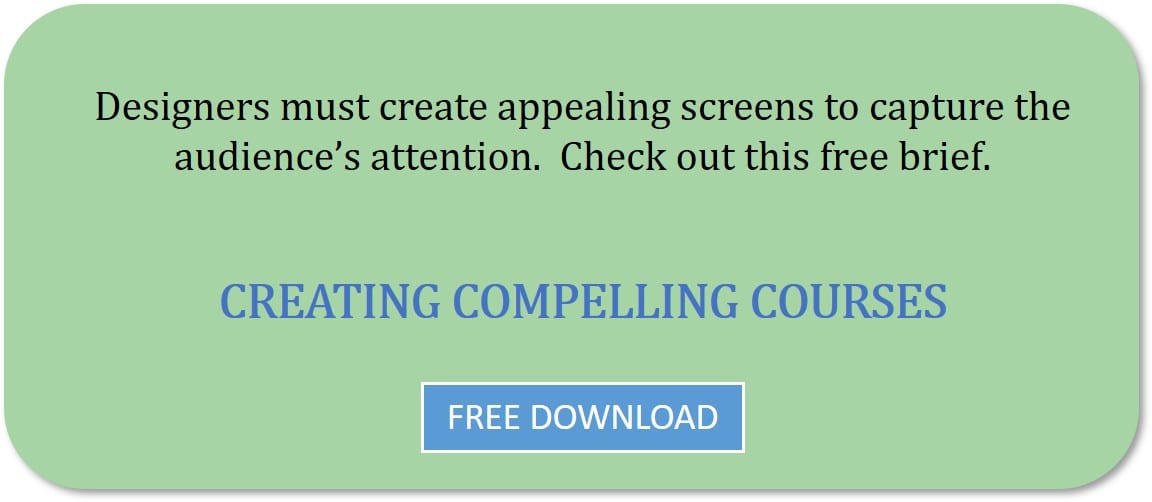1) Personas
The first step a designer takes when creating a new product is to define several types of end users of the product, or “personas.” One persona might be a highly trained and experienced user; another might be a neophyte; still another a person with limited mobility. Designers conduct interviews, research features each persona may or may not need, and make design decisions accordingly. Perhaps a product has different modes for different users, or maybe the product includes layers of experience that unfold as a user’s knowledge grows.
Similarly, educators can create student “personas” when designing lessons. The student who learns through conversation; the restless one who needs periodic physical movement; the kid who prefers to think before speaking; all may help modulate the learning experiences we create. These personas should be grounded in real, current knowledge of our students, with information gathered from surveys, formal and informal “interviews,” and parent feedback. We can choose actual individual students, or create amalgamations of several students. We may not satisfy all needs of all personas with every single lesson, but we can be aware of how the lesson will play out for different types of learners.

2) Making meaning
The second step is about making meaning. A foundational theory behind good design is semiotics, or the study of how humans create meaning. Semiotics suggests that any communication contains three elements:
- the thing being communicated (say, the effect of communism in China)
- a “sign” or method of communicating (perhaps the famous photo of a person blocking a column of tanks in Tiananmen Square)
- the effect of the sign on the person receiving it.
Semiotics posits that any sign imperfectly communicates a concept, because the sign is of course not the thing itself, but only a representation of it. Our interpretation of what we see and hear is inextricably tied to our own culture and experiences, and will vary between individuals.
In the example above, some students may see the photo as signifying the ability of an individual to change history. Other students, however, may have a relative in the military, and may see the tanks as a sign of security, coming away with an entirely different message. As educators, we must assume that our communications will be filtered and interpreted differently by each student. We need to know the cultural symbols that influence our students’ individual perceptions. Our “signs” must be varied, multi-dimensional, and flexible in order for true “making meaning” or “sense making” to occur.
3) Rapid prototyping and user testing
The third step is testing what you’ve created. Product development for designers involves two phases. During the formative phase, the designer’s goal is to find and improve flaws in the product. In this phase, designers engage in quick cycles of user testing, product re-design, and more testing.
The summative phase occurs at the end of the development life cycle, and consists of a last round of rigorous user testing. In this phase, there should be no surprises; enough research and formative testing has been done so that the designer is confident of the outcome. The product may not be 100% perfect, but any remaining concerns are known, acknowledged, and addressed as much as possible within the required time frame.
The parallels with education are clear. Students and teachers can engage in rounds of formative assessment and self-reflection. At any given time, both learners and educators should be aware of gaps in learning. Strategies to close those gaps may be teacher-driven (reteaching; assigning peer tutors) or student-driven (utilizing external resources). After these formative cycles, a summative assessment provides stakeholders (parents, administrators, students and teachers) with a recorded outcome of a set of learning targets.
Education and design have surprising similarities, and it seems that we have a lot to learn from each other. Next up: designers, if you can create a product to get kids to first period on time, all teachers everywhere will forgive you that incident in tenth grade! (Don’t worry, we won’t tell anyone…)
What do you think of when you think of “design”? Do any of these parallels surprise you? Leave your thoughts in the comments!





